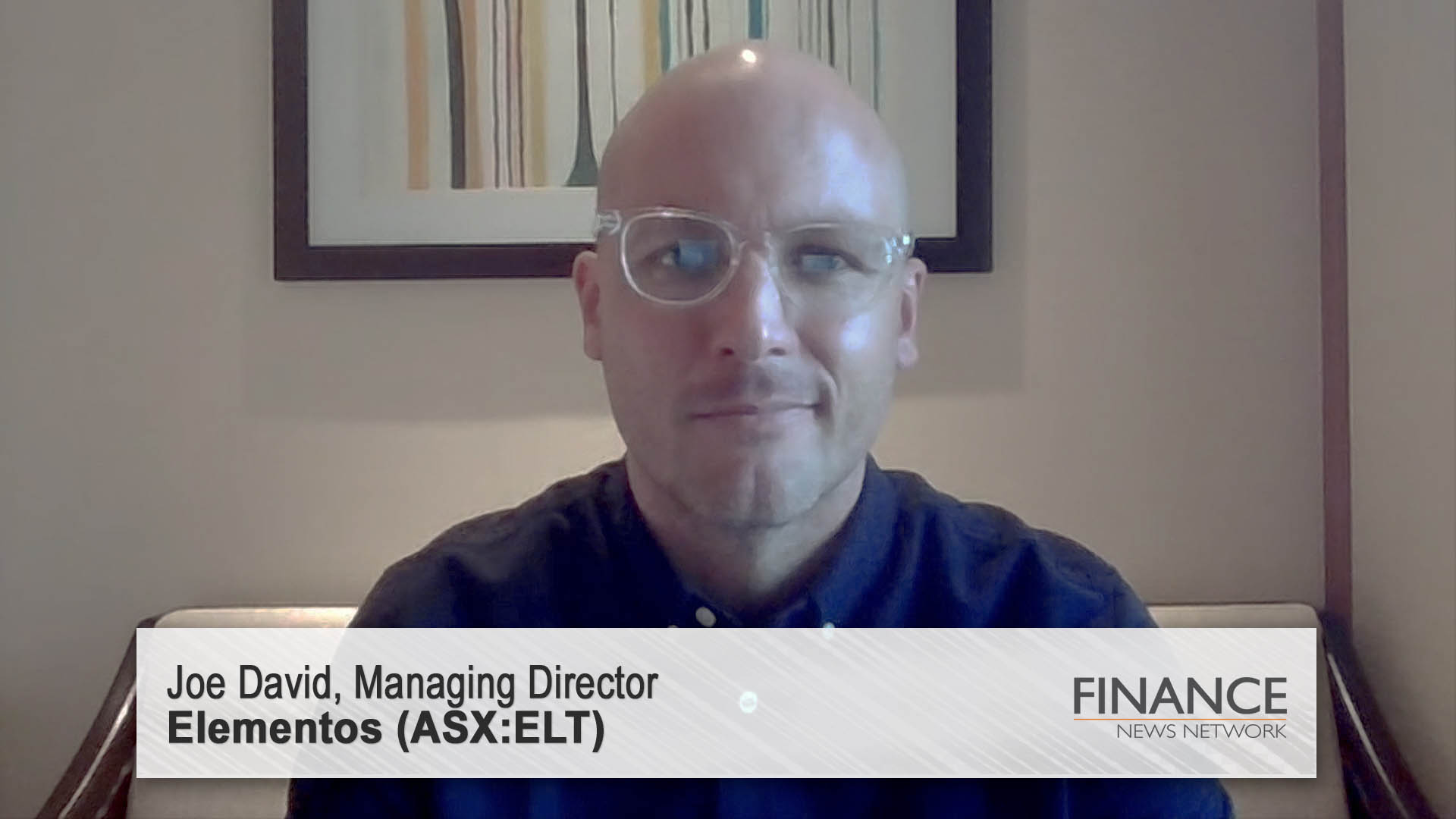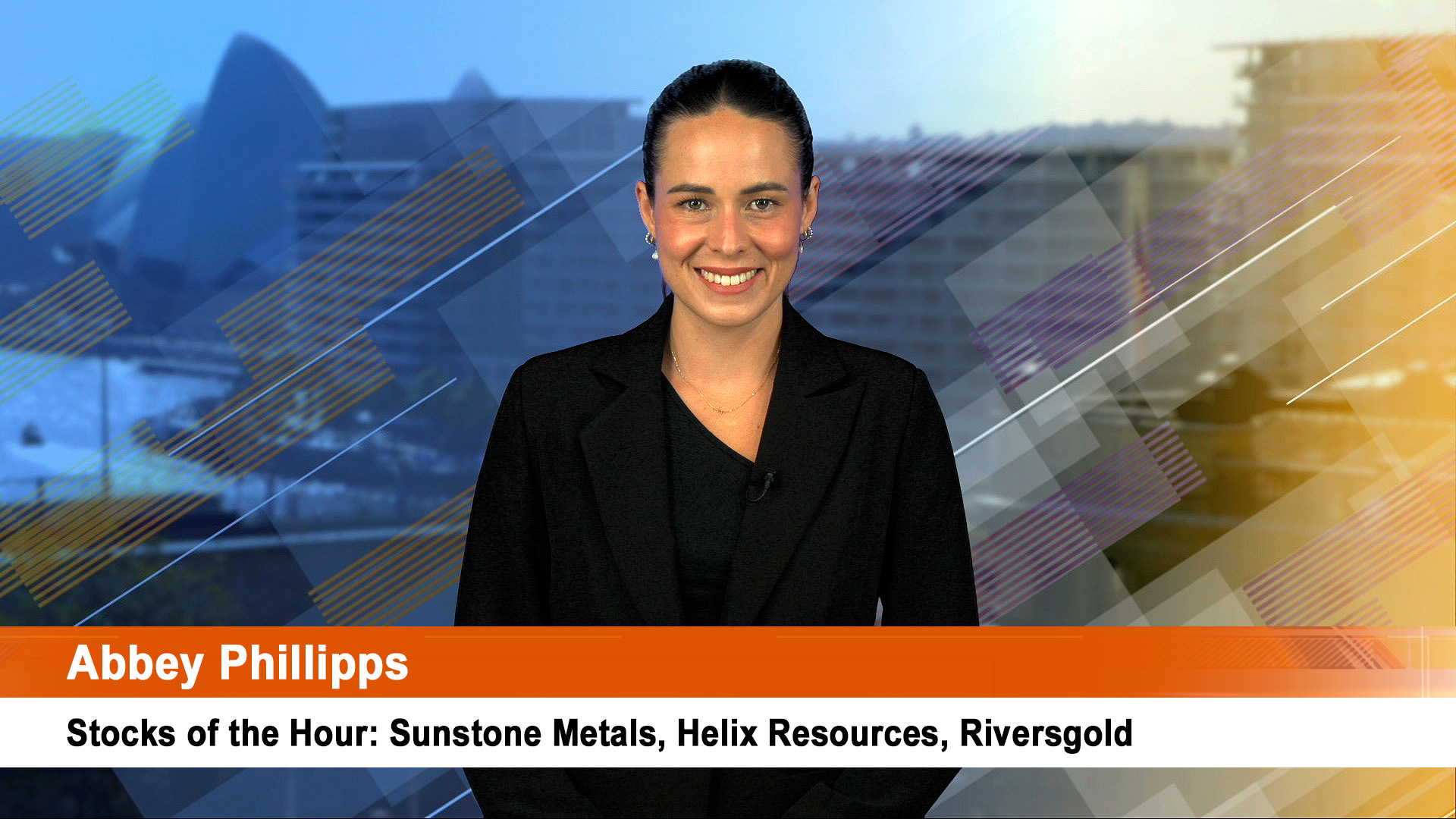When the US Federal Reserve said overnight that ‘financial and economic conditions can change quickly', the world markets responded, albeit differently.
Australian stock market tumbled 1.21% on Friday as worries about the US economic situation replaced the hopeful note from Federal Reserve chairman Ben Bernanke that he was prepared to act aggressively to shore up flagging growth.
Despite hopes of the Australian stock market being pulled up by US stocks, investors focused on the negatives.
The benchmark S&P/ASX 200 index fell for the fifth day in a row, slipping 75.9 points at 6002.8 in early afternoon.
Not surprisingly all ASX indices followed suit, and were in red by more than 1% by early afternoon. The S&P/ASX MidCap 50 Index suffered the biggest relative fall , sliding by 1.50%.
Bernanke said the outlook for 2008 had worsened and the downside risks to growth had become more pronounced.
Following the Fed's comments, the US equities markets were higher, especially after Bernanke hinted he may cut interest rates when the bank meet next on 29 and 30 January.
"Financial and economic conditions can change quickly. Consequently, the Committee must remain exceptionally alert and flexible, prepared to act in a decisive and timely manner and, in particular, to counter any adverse dynamics that might threaten economic or financial stability", the Fed said overnight.
By 12.05pm, all the major bank stocks were down, with Commonwealth bank losing 53 cents or 0.93% to $56.42, National Australia Bank falling 25 cents or 0.71% to $35.07, and Westpac sliding 9 cents to $26.51.
The big miners were weaker, BHP Billiton falling 42 cents to $38.67, Rio Tinto shedding 25 cents to $127.75 and Alumina flat at $6.15.













